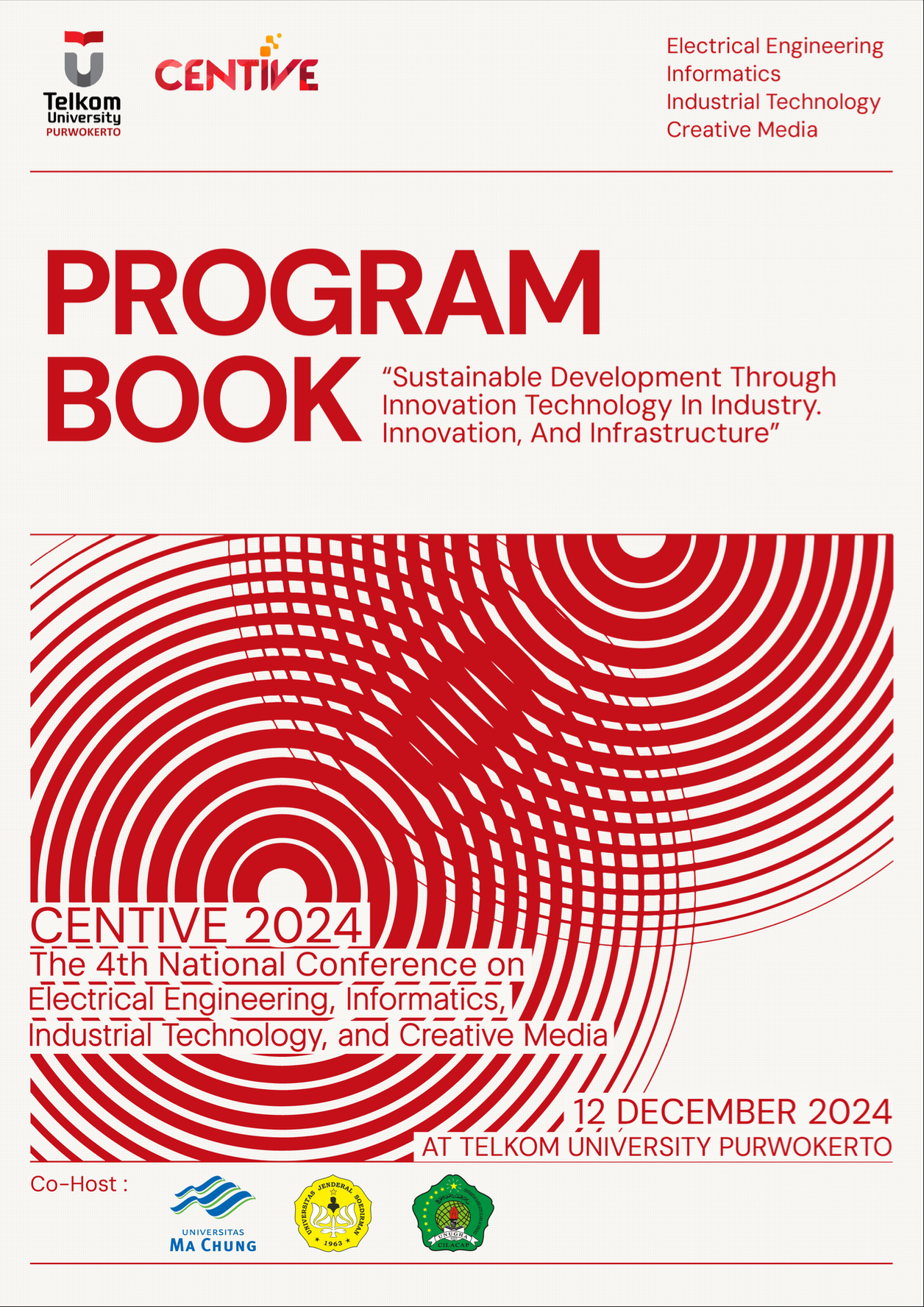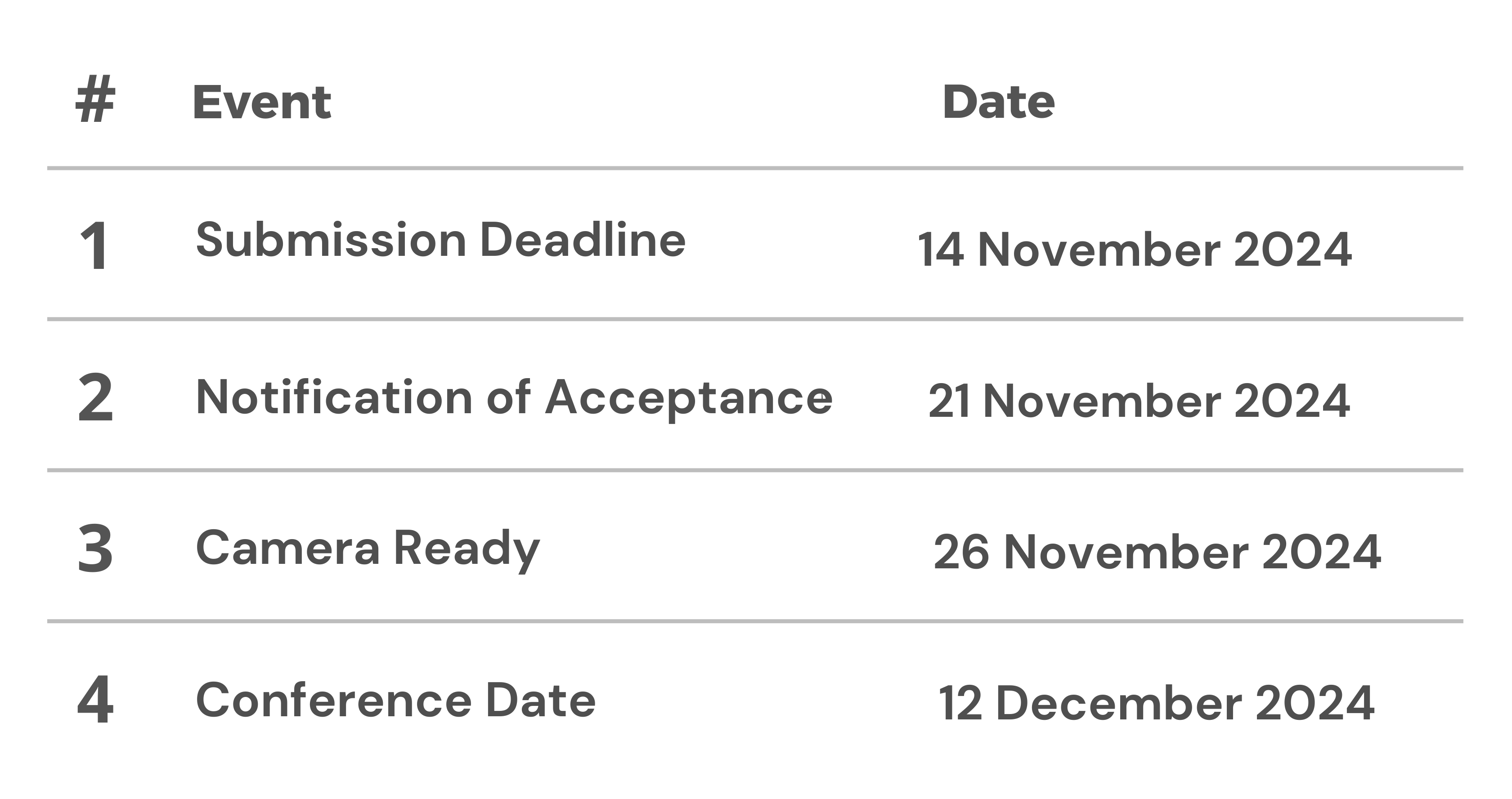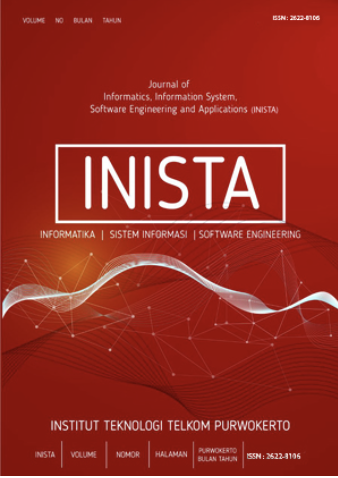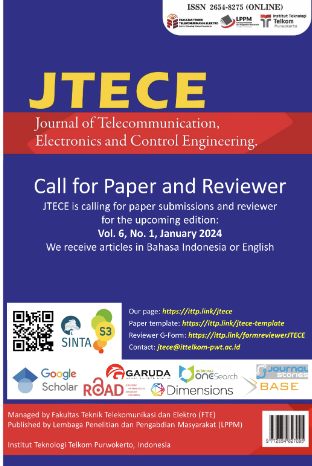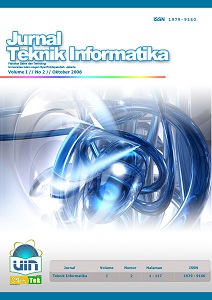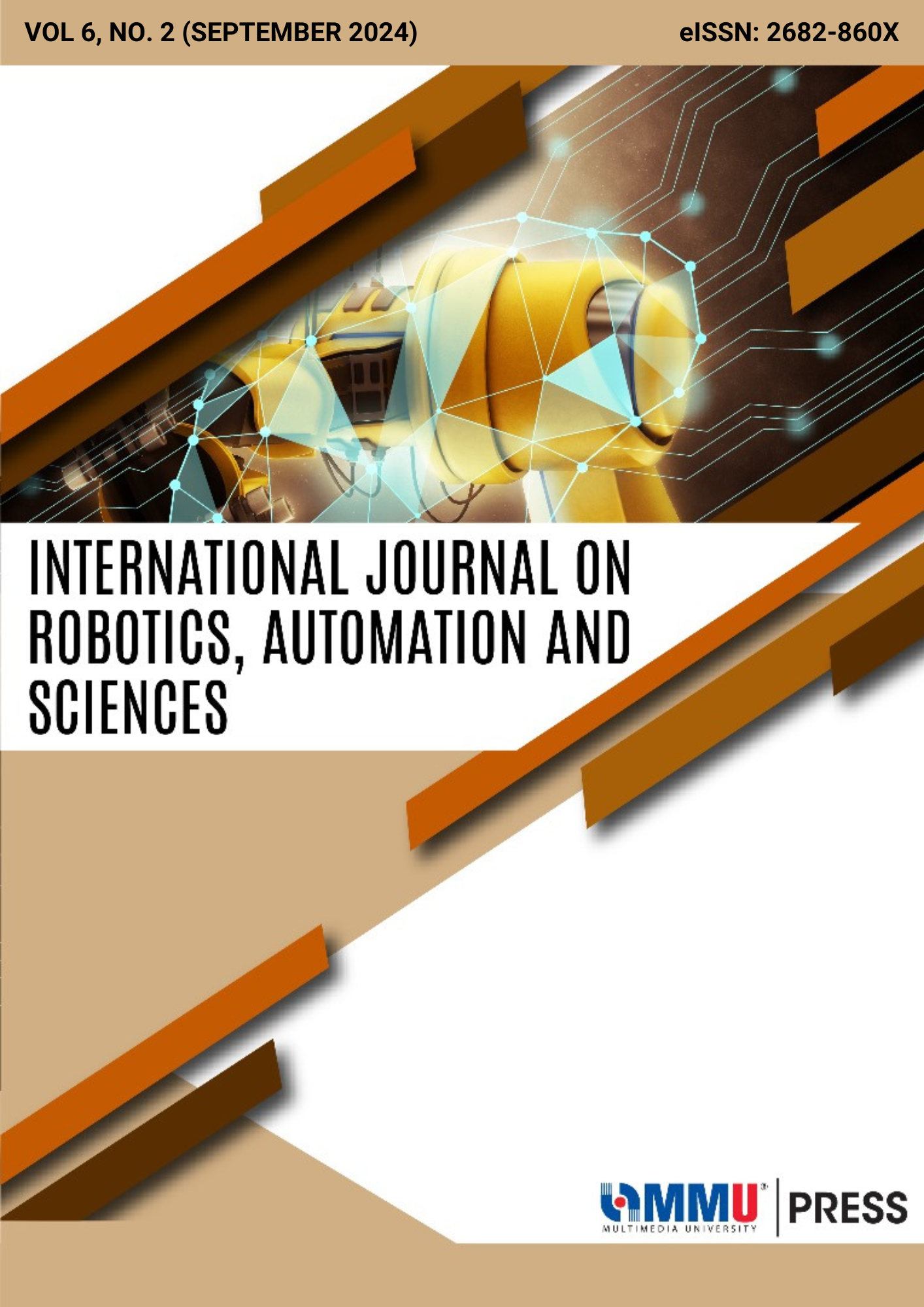Memprediksi Ketinggian Tsunami Menggunakan Random Forest Regressor
Abstract
Tsunami memiliki ketinggian yang berbeda-beda, semakin tinggi maka semakin banyak persiapanmenghadapi tsunami untuk menekan jumlah korban. Machine learning dapat digunakan untuk menentukan tinggi dari tsunami. Ketika tsunami datang, ketinggian tsunami dapat diprediksi untuk mengetahui titik aman pada bibir pantai. Hal ini akan sangat membantu dalam proses evakuasi sehingga dapat menekan jumlah korban jiwa. Metode yang digunakan yaitu Random Forest Regressor untuk dapat menganalisa peubah latitude, longtitude, tahun, bulan, hari, kekuatan gempa, negara, kode negara,dan kode penyebab gempa dengan ketinggian maximum tsunami. Dengan menggunakan metode tersebut, didapatkan negatif mean absolut error sebesar -3,93. Setelah Mean Absolute Error didapatkan, akan ditemukan feature yang memiliki importance terbesar untuk dapat dijadikan predictor.
References
[2] A. Zaytsev, I. Kostenko, A. Kurkin, E.Pelinovsky, and A. C. Yalçiner, “The depth effect of earthquakes on tsunami heights in the sea of Okhotsk,” Turkish J. Earth Sci., vol. 25, no. 4, pp. 289–299, 2016.
[3] Y. Igarashi, T. Hori, S. Murata, K. Sato, T. Baba, and M. Okada, “Maximum tsunami height prediction using pressure gauge data by a Gaussian process at Owase in the KiiPeninsula, Japan,” Mar. Geophys. Res., vol. 37, no. 4, pp. 361–370, 2016.
[4] S. García, J. Luengo, and F. Herrera, “Preface,” Intell. Syst. Ref. Libr., vol. 72, pp. 112–114, 2015.
[5] S. Ramírez-Gallego, B. Krawczyk, S. García, M. Woźniak, and F. Herrera, “A survey on data preprocessing for data stream mining: Current status and future directions,” Neurocomputing, vol. 239, pp. 39–57, 2017.
[6] S. García, S. Ramírez-Gallego, J. Luengo, J.M. Benítez, and F. Herrera, “Big data preprocessing: methods and prospects,” Big Data Anal., vol. 1, no. 1, pp. 1–22, 2016.
[7] S. García, J. Luengo, and F. Herrera, “Tutorial on practical tips of the most influential data preprocessing algorithms in data mining,” Knowledge-Based Syst., vol. 98, pp. 1–29, 2016.
[8] C. Lazar, L. Gatto, M. Ferro, C. Bruley, and T. Burger, “Accounting for the Multiple Natures of Missing Values in Label-Free Quantitative Proteomics Data Sets to Compare Imputation Strategies,” J. ProteomeRes., vol. 15, no. 4, pp. 1116–1125, 2016.
[9] D. Isynuwardhana, “Aplikasi Z-Score Method Dalam Pembentukan,” vol. 17, no. 1, pp. 89–98, 2013.
[10] F. Prastio, S. Martha, and H. Perdana, “Di bandar udara internasional supadio,” vol. 08, no. 2, pp. 185–192, 2019.
[11] Wong, Tzu-Tsung, “Performance evaluation of classification algorithms by k-fold and leave-one-out cross validation”, 2015.
[12] M. R. Haley, “K-fold cross validation performance comparisons of six naive portfolio selection rules: how naive can you be and still have successful out-of-sample portfolio performance?,” Ann. Financ., vol. 13, no. 3, pp. 341–353, 2017.
[13] S. Yadav and S. Shukla, “Analysis of k-Fold Cross-Validation over Hold-Out Validation on Colossal Datasets for Quality Classification, ”Proceedings-6th International Advanced Computing Conference, IACC 2016. pp. 78–83, 2016.
[14] Huy Phan, StudentMember,IEEE, Marco Maaß,Student Member, IEEE, Radoslaw Mazur,Member,IEEE, and Alfred Mertins, Senior Member, IEEE, “Random Regression Forests for Acoustic Event Detection and Classification” vol. 23, 2015.
[15] G. Li and Y. Yu, “Visual saliency based on multiscale deep features,” Proc. IEEE Comput. Soc. Conf. Comput. Vis. Pattern Recognit., vol. 07-12-June, pp. 5455–5463, 2015.
[16] A. de Myttenaere, B. Golden, B. Le Grand, and F. Rossi, “Mean Absolute Percentage Error for regression models,”Neurocomputing, vol. 192, pp. 38–48, 2016.
[17] Y. Li, Y. Wang, and T. Jiang, “Norm-adaption penalized least mean square/fourth algorithm for sparse channel estimation,”Signal Processing, vol. 128, pp. 243–251, 2016



